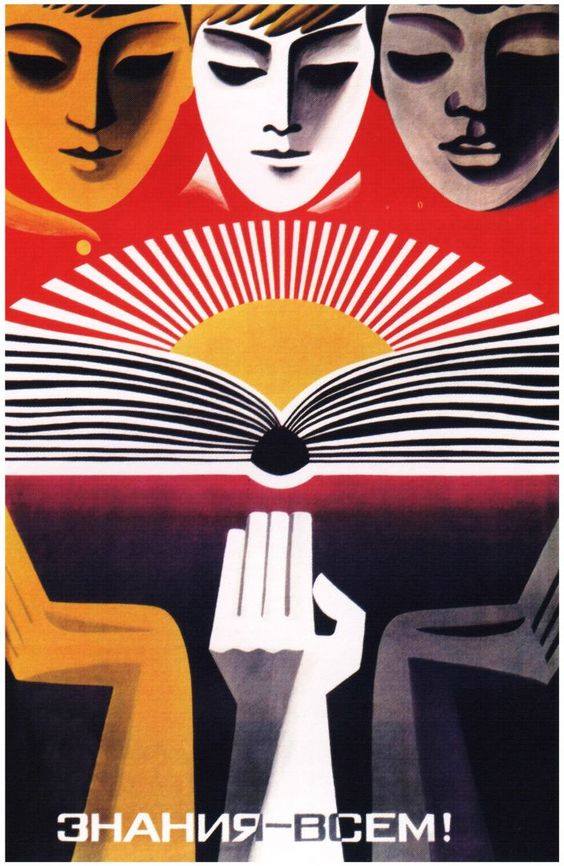Cultural Notes
1) In Russian there are forms of address which have no corresponding forms in English. One of the ways to call people or refer to them is a generally acceptable form – a full name followed by a patronymic, which is commonly used as formal and respectful; another way is a diminutive of a given name to address relatives, close friends and children. All official documents used internally in Russia require a patronymic. In formal circumstances a new Russian acquaintance will be introduced with his or her full first name and a ‘patronymic’ (based on the name of one’s father). Patronymics are never used with short names or nicknames. They are used to address or refer to adults in formal and professional situations. They show respect and sometimes a certain degree of social distance. Diminutive forms (for instance, Lenochka, Mashen’ka, Voloden’ka) are used as a sign of a ‘special relationship’ or to generate an atmosphere of informality. There are also ‘antidiminutive’ names that quite often used as vocatives to display a combination of friendliness and antisentimentality (cf.: Sashka, Mashka, Grishka, Natashka). There is also a ‘patronymic-only’ form of address (such as Petrovich, Sanych) which is used among closed friends, introducing a component of a bit rough good humor.
2) Polite Russians find it too formal to call each other or an American ‘Господин’, ‘Госпожа‘ (Mr. and Msr. Brown), however it is used as a traditional form of address in official correspondence. There is no one preferred formal form of address in Russian. Although there was a customary form of adress -- 'comrade' -- in Soviet times. This form is still used in the military and police in Russia. There is no distinction between the form for a married woman and that for a single woman. Students will address their teachers with a combination of the first name and patronymic and avoid using form of address such as ‘Professor’. If you want to be polite, you should ask Как Ваше имя и отчество (What is your name and patronymic?) When you are introduced to someone, it is appropriate to ask ‘Как к Вам обращаться’ (What should I call you) and you can use a first name, which usually happens quite often, with a permission ‘Можно по имени’ (You can just use my first name).
3) Along with her full name and patronymic (Ирина Ивановна) Irina gives a short or ‘intimate’ form of her name (Ира). Strictly speaking, these ‘intimate’ forms are only to be used if you are on ты-terms with your new acquaintance, but Russians will often introduce themselves to you with their intimate names because these forms are easier for foreigners. The under-20 set is almost always addressed by first name alone. Toddlers are almost always addressed by a diminutive. Listen to what Irina calls her sons and pay attention to tone of voice. She uses endearing forms of her sons’ names: Сашенька, Ванюшка. Notice that ‘Саша‘ is short for ‘Александр’ and ‘Ваня‘ is for ‘Иван’.
Version: 20241125

